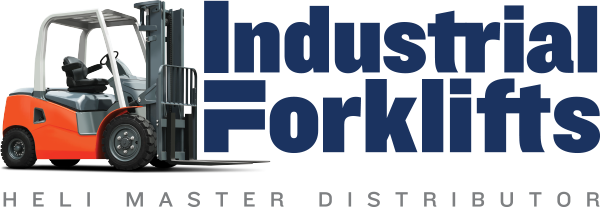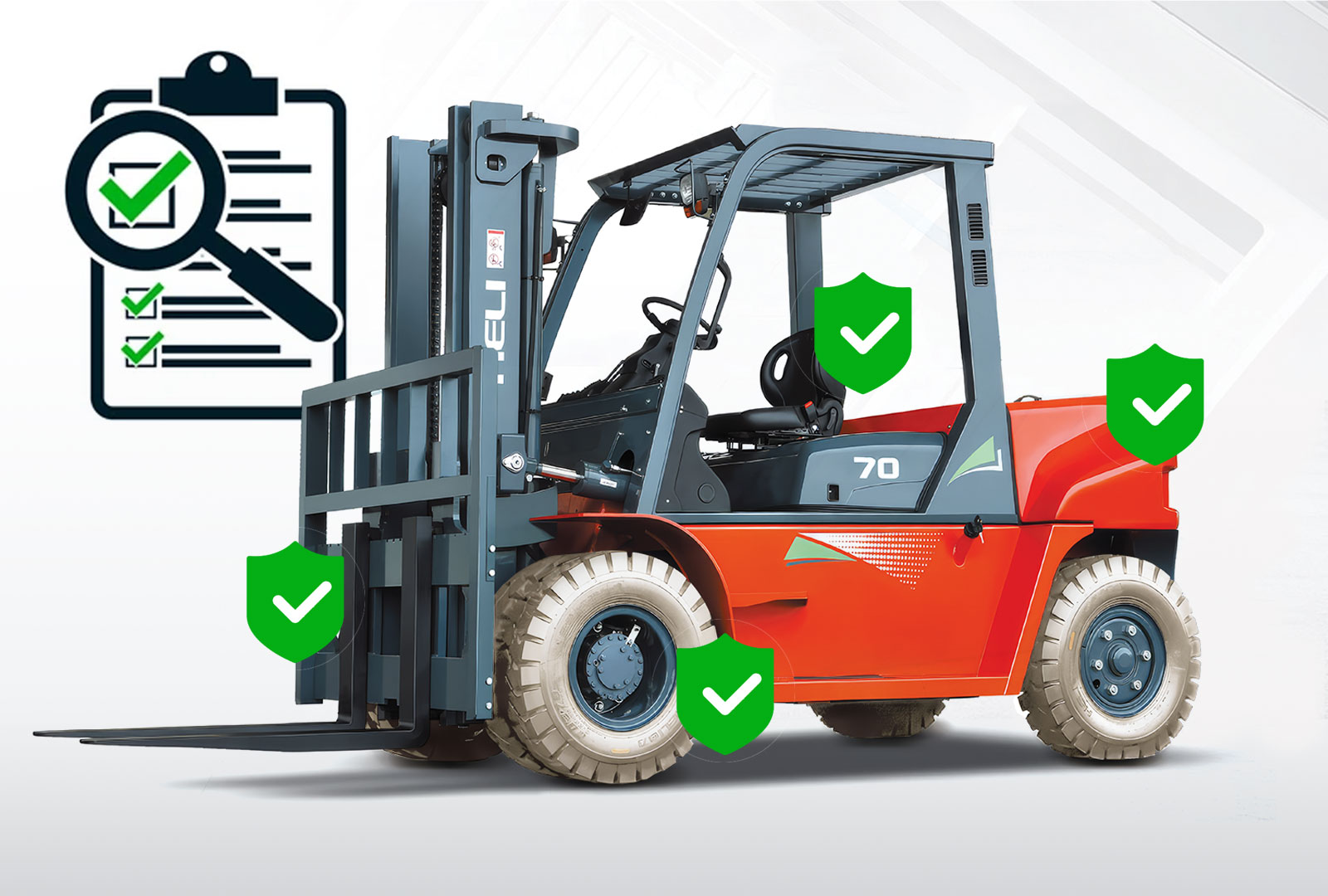We’ve all seen this line in OSHA’s manual:
“Daily, pre-shift inspection of powered industrial trucks is required by OSHA standards.”
It’s not just a box to check though. Daily inspections make the difference between “just another day” and “disaster!”
The importance is obvious: Inspections prevent problems, like accidents, by identifying small issues before they grow.
A loose battery bracket can turn into a forklift surging ahead & toppling a rack.
A tire with a slow leak can cause a forklift to tilt & crash.
Worn brakes can…well, you know what kind of havoc a runaway forklift can do!
Keeping ‘daily inspection’ on the task list drops the chances of all of those happening as close to zero as possible.
But that’s not all. Forklift inspections provide much more value:
- Ensures compliance with OSHA regulations, avoiding potential fines
- Protects everyone on the floor, operators included
- Maintains equipment efficiency
- Makes maintenance easier. Seriously! An inspection log, shared with maintenance technicians, can help identify a future service need.
How thorough is your inspection checklist? Here’s an example for your comparison, based on our own and OSHA’s recommended checklists.
Recommended Daily Inspection Checklist (for Reference)
- Visual Check (Circle Check):
- General condition and cleanliness
- Floor – clear of objects
- Overhead – no obstructions
- Nearby objects to avoid
- Fire extinguisher – present and charged
- Operational Pre-Use Check:
- Engine oil level
- Tire pressure/condition
- Fuel level (for internal combustion engine forklifts)
- Fluid levels for radiator, transmission, brake
- Propane equipment (for LPG forklifts):
- Fuel tank mounting system
- Fuel tank position pin
- Propane relief valves
- Hose condition
- Electric forklift-specific checks:
- Charge status indicator functioning
- No fraying or exposed wires in cables or connectors
- Battery restraints are in place & snug
- Electrolyte levels are consistent (where applicable)
- The hood latch is operational
- Battery:
- Fully charged
- No exposed wires
- Plug connections not loose, worn, or dirty
- Vent caps not clogged
- Electrolyte levels adequate
- Secured in place by hold-downs or brackets
- Operational Tests:
- Are the operator’s manual and logbook nearby? Latest notes legible?
- Clear any debris from the operator’s manual/logbook compartment
- Test the Hoist and Lowering controls
- Test all functional safety devices, such as seat belts and horns
- Check the gauges – Hour meter, Battery discharge indicator
- Test steering, brakes, lights, horn, safety seat (if equipped)
- Check the operation of load-handling attachments
- Check the brakes, steering controls, and other operational items for proper function
OSHA maintains several checklists by equipment type at: https://www.osha.gov/training/library/powered-industrial-trucks/checklist
Inspections Every Day Make It Always “Just Another Day”
Nobody wants to experience a disaster at work. Yet without running daily inspections on your forklifts, you make disasters much more likely.
Let’s make 2025 full of “just another days.” Check with everyone – have they kept up their inspections?


